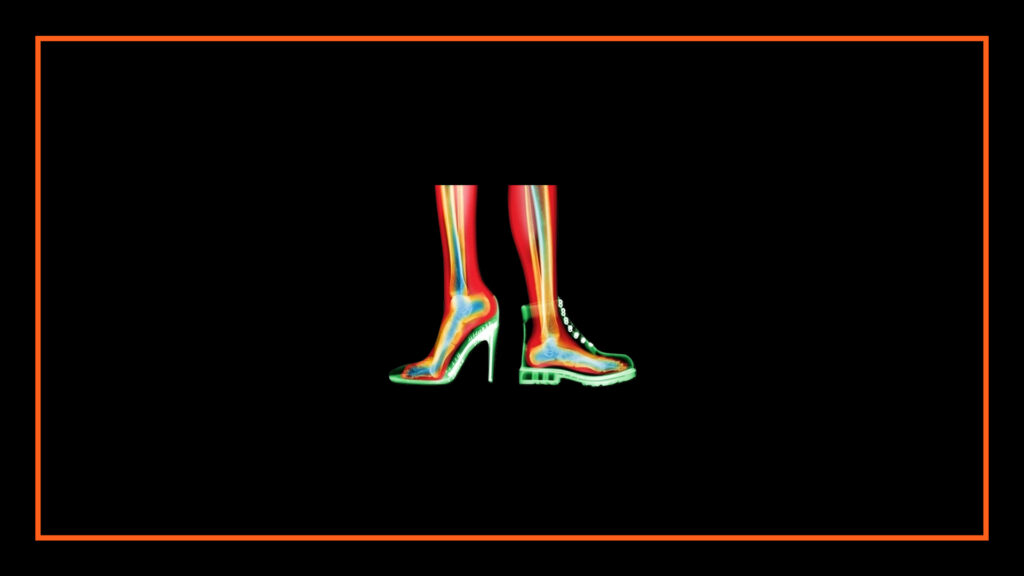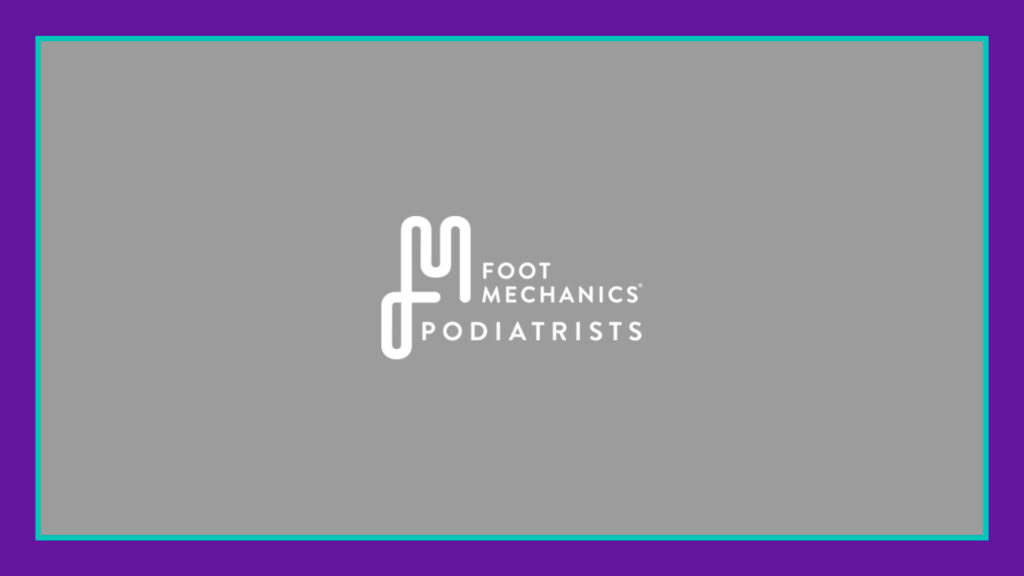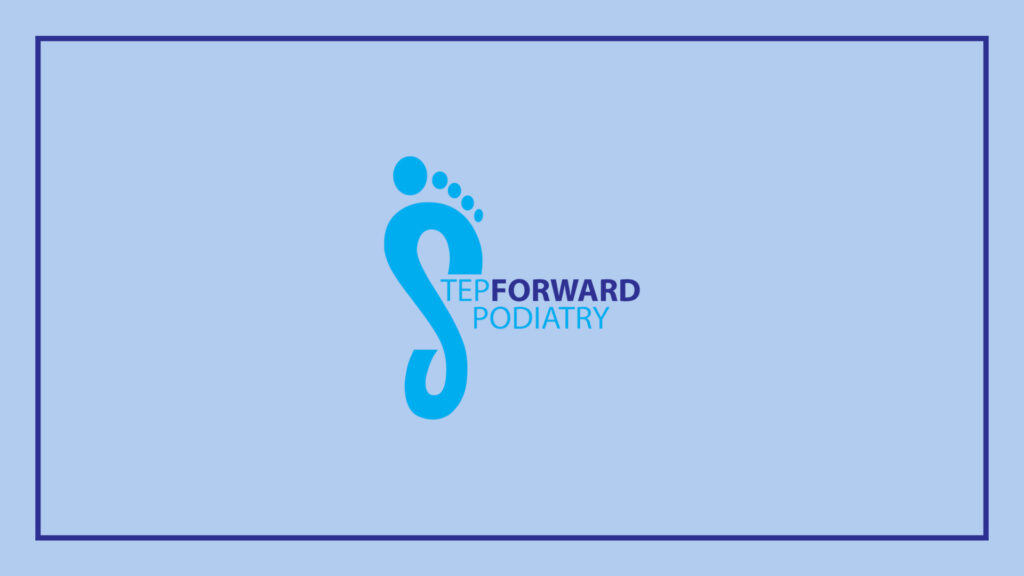Put Your Best Foot Forward with the 5 Best Podiatrists in Auckland
They say you can judge a person by their feet. So, if you’re meeting someone new and they start looking you up and down, it’s pretty awkward if your feet aren’t up to par.
Maybe you’ve got a broken ankle or an ingrown toenail, and that’s bound to shake your confidence or leave a less-than-great first impression.
But hey, better late than never! If you’re dealing with any of these issues, it’s time to see a podiatrist.
Luckily for you, my team and I checked out a few podiatrists in Auckland to see who really stands out.
Want to know who made the cut? Keep reading!
How much does it cost to visit a podiatrist in Auckland?
How We Chose The Best Podiatrists in Auckland
1. Perform Podiatry

Perform Podiatry really does cater to everyone. When we visited their clinic, we noticed a mix of patients, from kids to athletes and seniors, all waiting for their appointments. It definitely feels like a place you can trust for the whole family.
We also had a quick chat with their team. They shared that they’ve seen all kinds of foot and ankle issues, but athletes with injuries tend to make up a big chunk of their cases.
One thing that stood out is how much they genuinely care about their patients. We spoke to one patient who mentioned they do not just treat his pain but also share what’s causing it in the first place.
They’re also up to speed with some pretty advanced treatments, like shockwave therapy. This is awesome for dealing with conditions like plantar fasciitis that just won’t go away.
On the flip side, a few patients did mention that the wait times before appointments can drag, which can be frustrating when you’re really ready to get some relief.
Careful monitoring of any likely foot conditions is monitored
“Nails and feet are in good hands. Careful monitoring of any likely foot conditions is monitored. The toe cutting and foot pampering means you leave each appointment walking on air. Great staff and professional service.”
Anne Raethel, Google review
Helpful receptionist and Hanan the owner is great at what she does
“The practice is amazing!! Helpful receptionist and Hanan the owner is great at what she does. My medical pedicure was wonderful and left my feet feeling so healthy and clean. Everything was well informed and the podiatrist addressed all my concerns. I would highly recommend performing podiatry!! Thanks team, will be back again”
Jas Preet, Google review
2. Clear Step Podiatry

Clear Step Podiatry has really made a name for itself with its treatment for fungal nails using cold laser therapy.
This FDA-cleared method is totally non-invasive and painless—sounds great, right? They use dual wavelengths to go after those stubborn fungal infections while giving your immune system a little boost.
However, some patients have mentioned that the treatment can be a bit pricey, and not everyone has seen the results they were hoping for.
On the flip side, they don’t just stop at fungal nails. They’ve got a whole range of solutions for foot problems—think heel pain, sports injuries, and even those pesky corns and calluses.
We chatted with one of their patients, who raved about how they create personalized plans tailored to her unique needs. That kind of attention is definitely a bonus!
Accessibility is another win for them. During our undercover consultation, we found out that they’re ACC-accredited. This means you can get treatments at lower costs under certain conditions.
Plus, they make claiming through private health insurance super easy, which really helps reduce out-of-pocket expenses.
Highly-skilled team
“Divya and the team at Clear Step are highly skilled. Additionally, their guidance on a home-care routine has meant a more 360-degree treatment for my feet & altogether it is working.”
Megan Otto, Google review
Made sure all my questions were answered
“Faapusi was a fantastic podiatrist. She made sure all my questions were answered, recommended me to a specialist, and was very professional. I felt that she was very honest with her advice and recommendations, you can tell she really cares about her mahi and clients. Superb experience.”
Janayah Lewis, Google review
3. Foot Mechanics Greenlane

We tagged along with one of our researchers to Foot Mechanics Greenlane to check out the orthotics scene, and we were seriously impressed!
They use 3D-printed orthotics that fit your foot structure like a glove. This high-tech approach doesn’t just feel great but also tackles a bunch of foot issues.
While we were there, the waiting room had lots of patients dealing with all sorts of problems, from ingrown toenails to heel pain and sports injuries. Their range of services is pretty extensive, so they can cater to a lot of people.
The team? Super experienced and fully qualified, so you can really feel confident you’re in good hands. They even shared a handy list of do’s and don’ts for our researcher, who needed some extra care for his foot.
But just a heads up: some patients have mentioned that a few podiatrists haven’t been as thorough with their diagnoses or treatment plans.
I felt I was listened to…
“I have seen Dr James Baxter previously but not for many years. I felt I was listened to and Dr Baxter explained the reasoning behind his course of treatment after examining my feet. The instructions for free parking were very clear with the document that was emailed to confirm my appointment. Very happy with the service of both Dr Baxter and also the reception staff, thank you.”
Gina Wong, Google review
They really made me feel at ease
“Thanks to Mark for helping me with my foot concerns, removing my corns, and making me feel at ease. I’m finally walking with no discomfort which is abnormal for me as I’ve been putting up with the pain for so long! Appreciate his work and efforts”
Sharon Ny, Google review
4. Step Forward Podiatry

We recently scored an undercover consultation with Step Forward Podiatry on a late evening, and we were honestly surprised at how easy it was to book! Their flexible hours are pretty impressive.
Right off the bat, we were blown away by their use of advanced tech for gait assessments. It really helps them nail down accurate diagnoses and create effective treatment plans tailored just for you.
Speaking of personalized care, they really take the time to give each patient a thorough assessment, making sure every need is addressed.
We even chatted with a patient who had custom and pre-fabricated orthotics. This not only ensures quality but also allows for better customization based on individual foot conditions.
What we really love is how they collaborate with other health professionals at the Fred Thomas Health facility. It means you get a more comprehensive approach to your care.
Sure, their treatments can be a bit on the pricier side, but they’re an ACC-registered provider. This means you can access funded orthotic services without needing a referral. That definitely takes some of the financial pressure off when you’re seeking treatment!
Extremely patient and professional the entire time
“Doctor Prarthana removed my ingrown toenail and was extremely patient and professional the entire time, I get very anxious around needles and doctors but wasn’t rushed at any point. Great service I would highly recommend to anyone putting off seeking help out of fear. Five stars.”
Matthew, Google review
Professional, supportive, and caring throughout
“Jurie operated on both my big Toes for In-growing nails. She was extremely professional, supportive, and caring throughout. At the subsequent visit, Jurie was very pleased as I had followed all her advice. Over the weekend I was rather concerned as it was obvious from the dressings that they should be changed daily not every two days, as first recommended. Julie had kindly given me her contact number and I was able to have sound advice and guidance to change my dressing daily. I would highly recommend Jurie as a Podiatrist without hesitation.”
Mirren Stevens, Google review
5. FootWise Podiatry Clinic

What we really loved about FootWise Podiatry Clinic is its holistic approach to foot health. They don’t just treat the symptoms; they dig deep to tackle the root issues.
When we chatted with their team, we learned they’re always up to date with the latest techniques, so you know you’re getting care that’s specifically tailored to you.
Their waiting room feels welcoming and caters to a wide variety of patients—from elite athletes to kids and seniors.
We even met a patient who’s been doing Foot Mobilization Therapy (FMT). This hands-on technique helps restore proper foot mechanics, speeding up recovery and preventing future injuries.
That said, we did hear some patients mention a few communication hiccups. A couple of folks felt a bit left in the dark about follow-ups on their treatments, which can be frustrating.
He was very gentle and explained everything to her as he went
“Michael is so lovely. Professional to the max and such a nice person. He is treating my elderly mother’s feet and she was quite nervous prior to the appointment. He was very gentle and explained everything to her as he went. His manner is so personable that she was very calm as he treated them. And as a bonus, she is absolutely fine to go back for her next treatment.
Highly recommend.”
Stacey Senior-James, Google review
I definitely recommend their service to anyone who has relevant needs
“I am super happy for Micheal’s treatment and I brought my mum-in-law to his clinic too.
We both found Micheal to be very knowledgeable and professional in what he is doing, and he is very patient and friendly. I definitely recommend his service to anyone who has relevant needs, he is amazing!!”
Rachel Su, Google review



